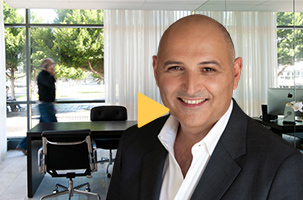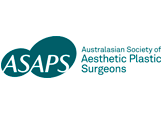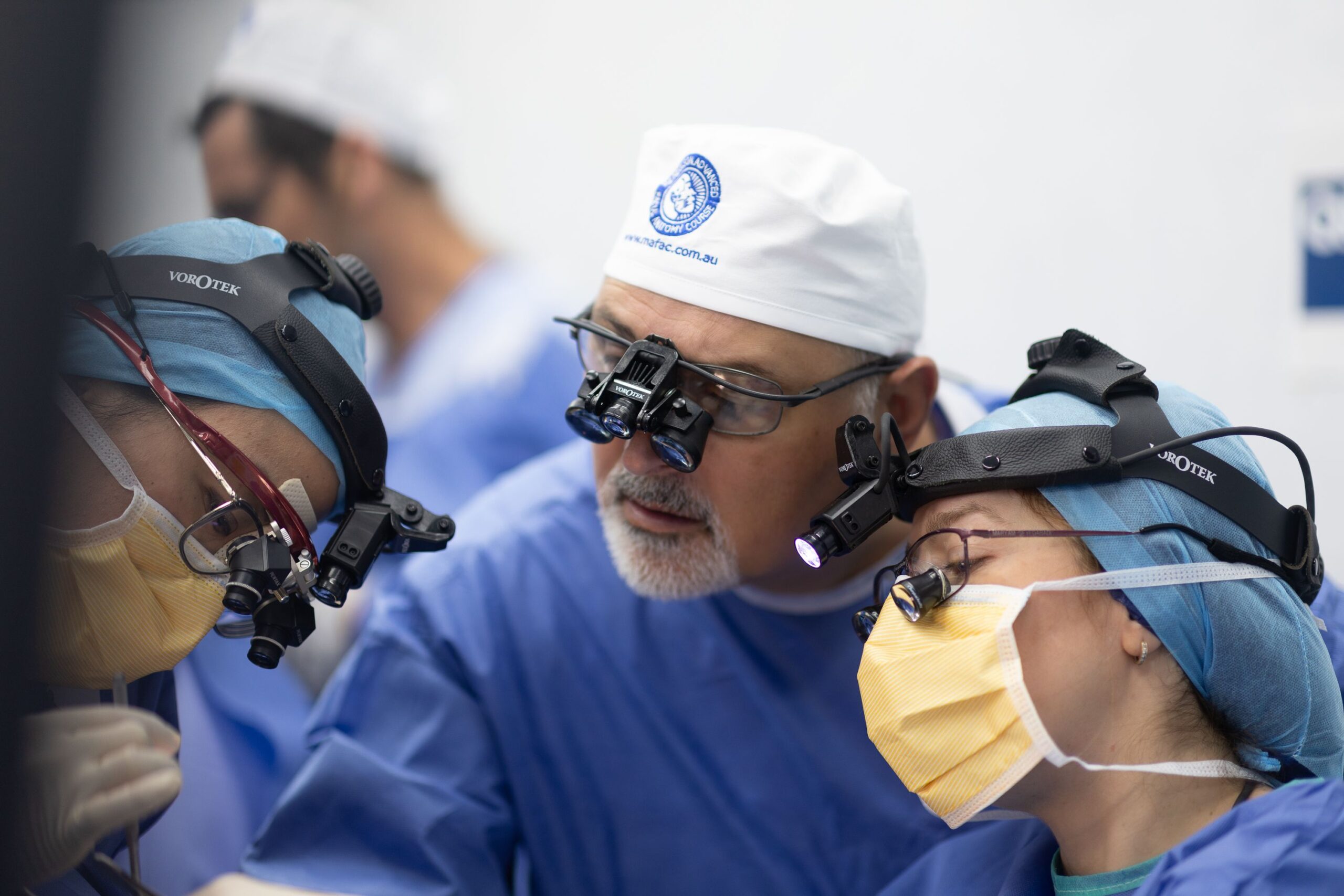Quick Facts About Breast Lift
- Procedure Duration: 2–3 hours.
- Anaesthesia: General anaesthesia.
- Hospital Stay: Day procedure or overnight stay.
- Results: Immediate improvement; final results visible after the swelling subsides (6–12 weeks).
- Longevity: Results can last 10+ years with proper care, though natural ageing will continue.
- Best Candidates: Individuals with sagging breasts, asymmetry, or nipples pointing downward who are in good health.
What to Expect
Before Surgery:
During your consultation, Dr. Tim will evaluate your breast anatomy, skin elasticity, and overall goals. Together, you’ll discuss the best technique to achieve your desired outcome. Pre-operative instructions, such as avoiding certain medications and fasting before surgery, will be provided.
During Surgery:
The procedure is performed in a fully accredited surgical facility under general anaesthesia. Incisions are carefully placed based on the chosen technique to minimise scarring. Excess skin is removed, breast tissue is reshaped, and the nipple is repositioned for a lifted youthful appearance. If implants or fat transfer are part of the plan, they will be inserted at this stage.
After Surgery:
After the procedure, your breasts will be supported with surgical dressings or a compression garment. Mild swelling, bruising, and discomfort are normal during the initial healing phase.
A breast lift, or mastopexy, is a surgical procedure that elevates and reshapes sagging breasts, creating a more youthful contour.
Ideal candidates are healthy individuals with sagging breasts, stretched skin, or downward-facing nipples who desire a more lifted appearance.
With proper care, breast lift results can last 10+ years. However, natural ageing and lifestyle factors may affect longevity.
Scars are carefully placed and typically fade over time. The extent of scarring depends on the technique used, with options ranging from minimal periareolar scars to anchor-shaped scars for significant lifts.
Yes, a breast lift can be combined with breast augmentation to restore both shape and volume for comprehensive enhancement.
Most patients resume light activities within a week, but full recovery, including strenuous activities, takes 4–6 weeks.
Risks
While breast lift surgery is safe and commonly performed, potential risks include:
- Infection or poor wound healing.
- Scarring, which fades over time but may vary based on individual healing.
- Asymmetry or changes in breast/nipple sensation (temporary or permanent).
- Rare complications, such as blood clots or anaesthesia-related issues.
Recovery Tips
- Follow Post-Operative Instructions: Adhere to Dr. Tim’s guidelines for optimal healing and results.
- Wear a Supportive Bra: A surgical bra or compression garment provides support and reduces swelling.
- Avoid Strenuous Activities: Refrain from heavy lifting, intense exercise, or raising your arms above shoulder level for 4–6 weeks.
- Sleep on Your Back: Minimise pressure on the breasts by sleeping on your back with elevated pillows.
- Manage Pain and Swelling: Use prescribed pain relief and cold compresses as needed.
- Monitor Healing: Attend all follow-up appointments to ensure proper recovery.












